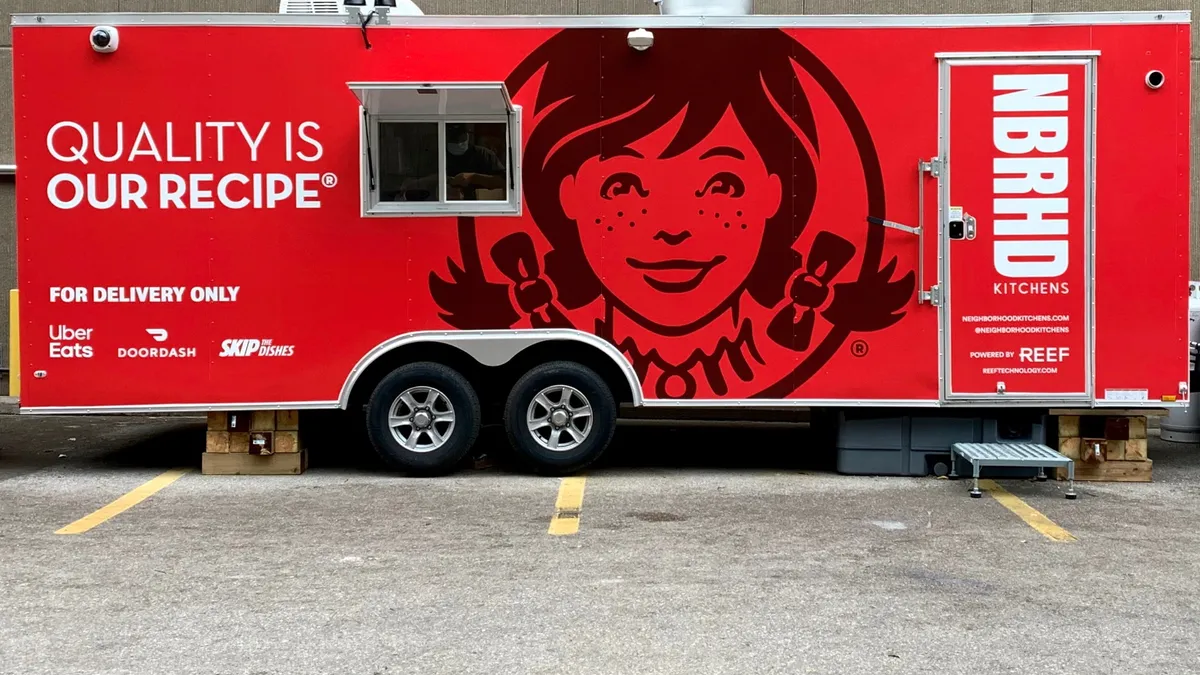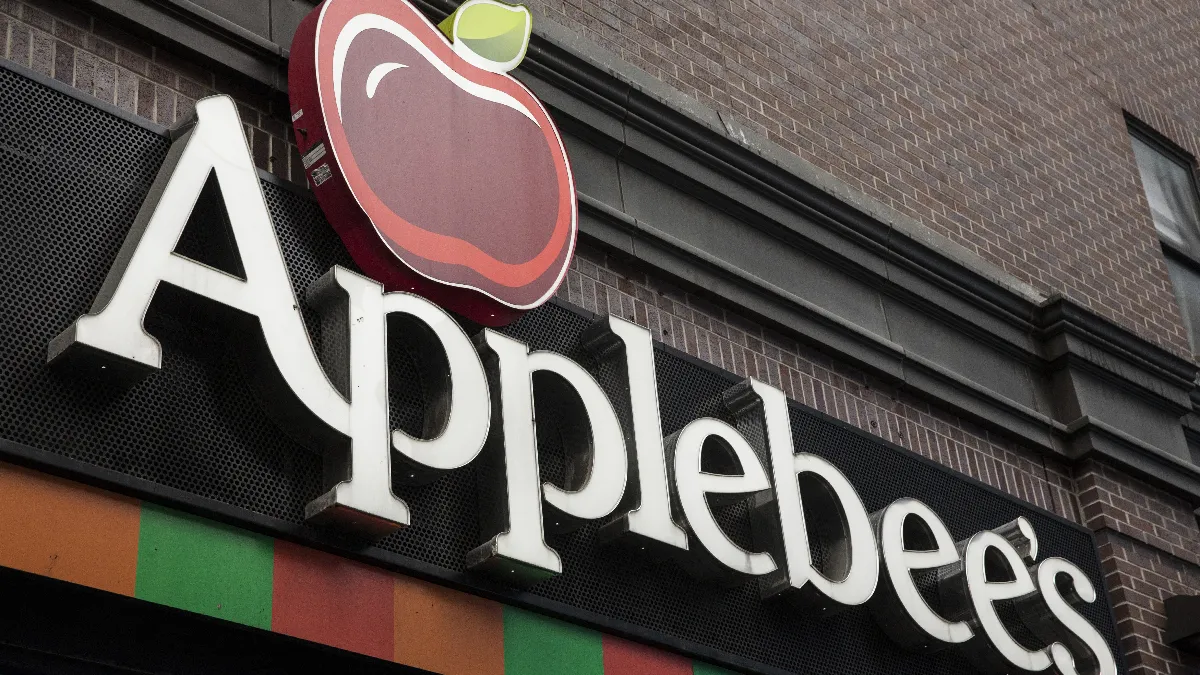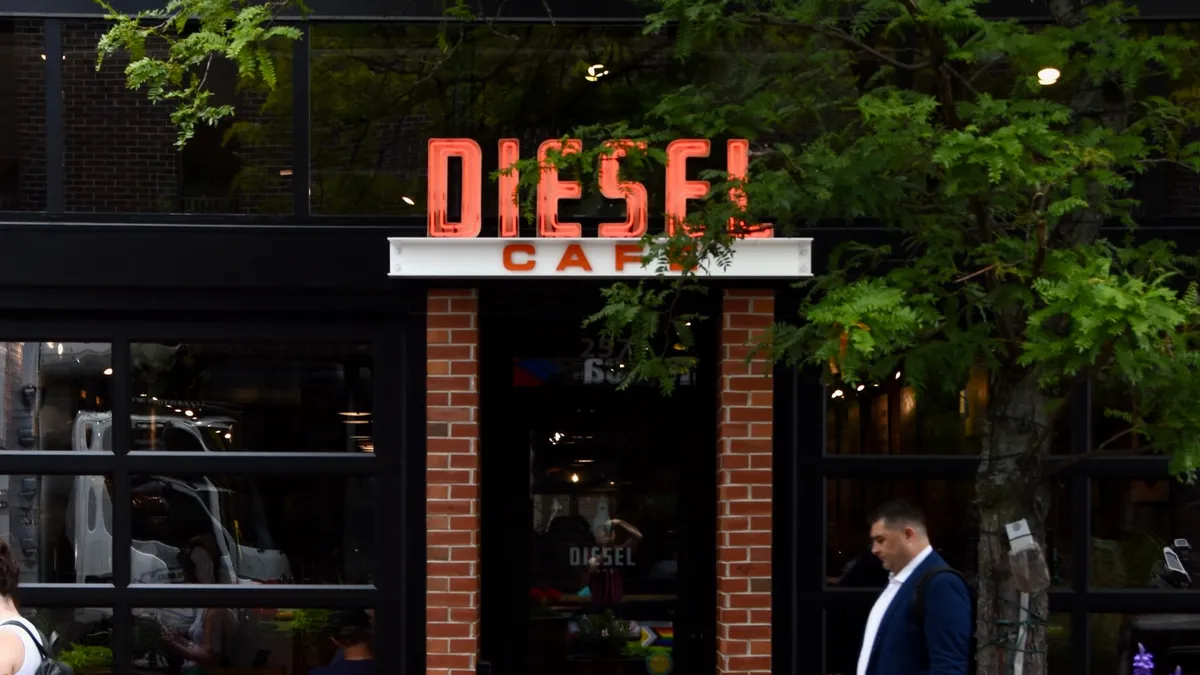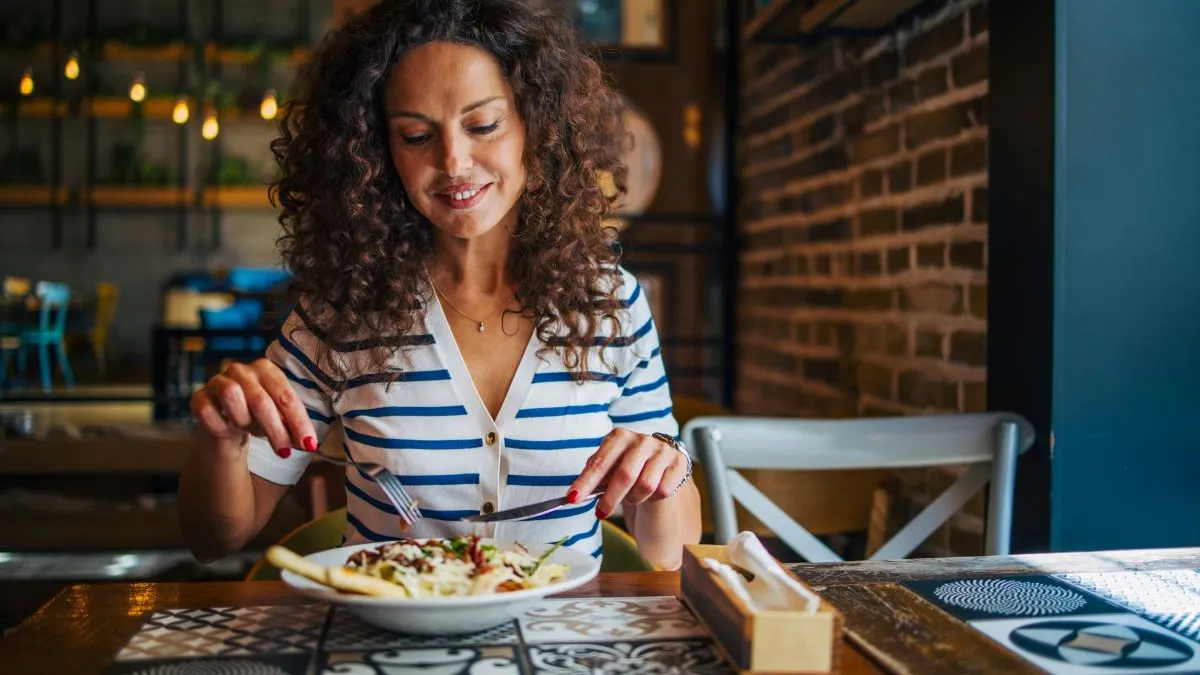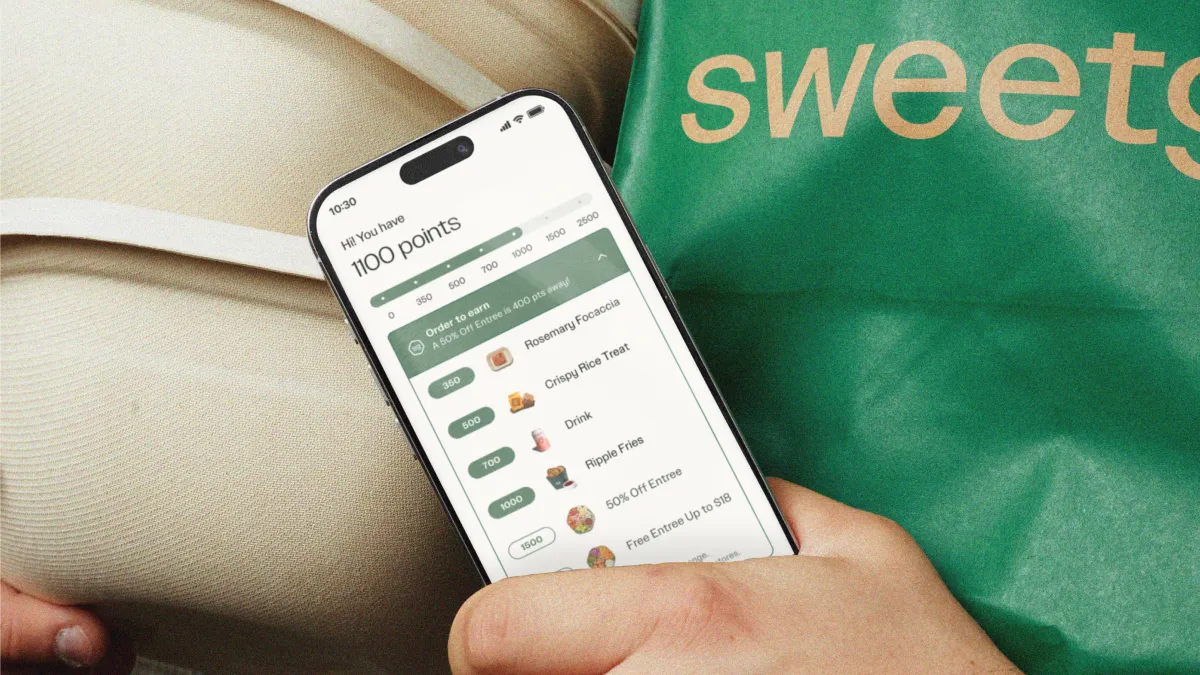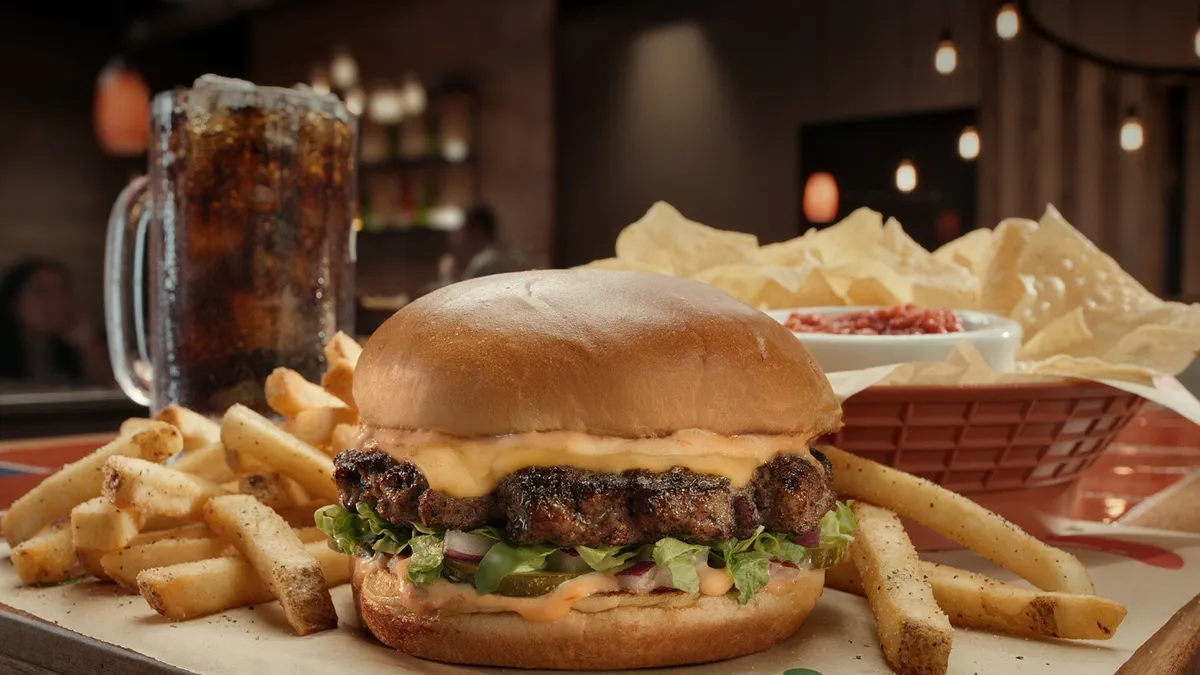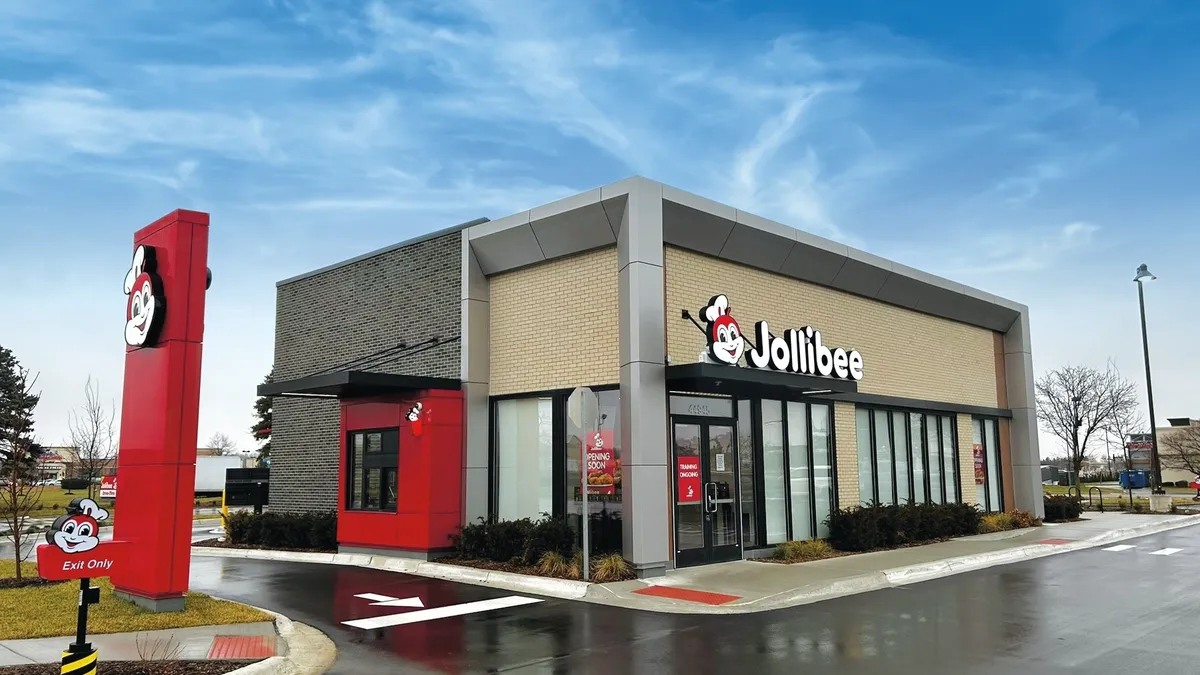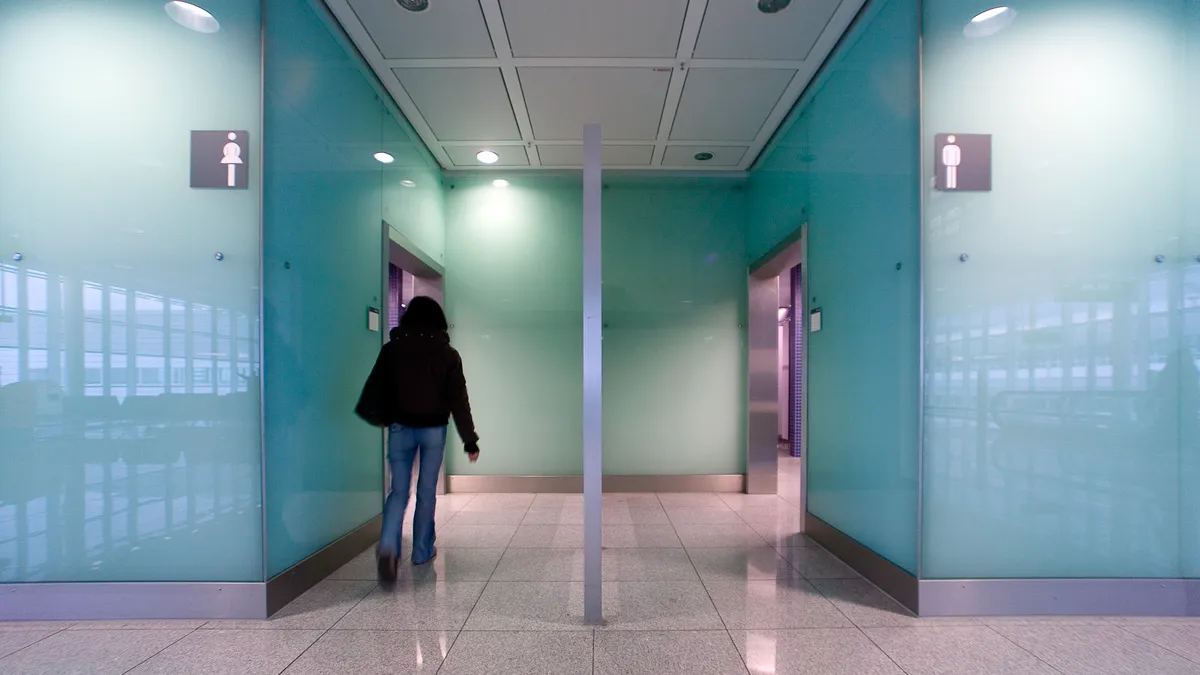Companies rushed to try out ghost kitchens as the segment attracted significant funding in 2020 and 2021, but cracks soon emerged in the popular model. Low unit volumes, operational troubles and permitting problems have dogged the segment to the point that several experts now doubt the model's efficacy.
A few major restaurant chains and provider platforms are pumping the brakes on their delivery-only investments. Chili’s closed its off-premise-only unit after two months of operations. Reef Technology saw Wendy’s cut its projected Reef unit openings by more than 500. Reef later exited its Houston market and laid off 5% of its workforce amid low sales and a rash of permitting and safety violations.
Butler, a company that combined hotel food service with ghost kitchens, imploded last spring. The five-year-old company shut down overnight after a run of new openings, suddenly leaving hotels partners without food service and vendors without payment. Cloud Kitchens faced an exodus of restaurant partners in 2022 that culminated in corporate layoffs. C3 closed its Miami food hall, and Wonder, a van-based ghost kitchen company, abandoned its initial model entirely.
These well-publicized failures and sudden strategy shifts suggest a rocky future for the ghost kitchen model. But there could still be success stories, restaurant executives and experts said, as long as companies are equipped to face several ongoing challenges.
The model has problems driving sales
Executives at restaurants that once tried ghost kitchens, such as Fat Brands, are more hesitant than ever over embracing the concept, and say ghost kitchens don’t generate enough sales. The company operates some of its brands as delivery-only virtual concepts, based out of existing stores. Fat Brands did try a couple ghost kitchen units in the U.S., but Andrew Wiederhorn, CEO of Fat Brands, said the company has hit pause on most of those, while international ghost kitchen units are doing well.
“I’m not a believer in [ghost kitchens] and never have been, I like virtual restaurants, but not ghost kitchens” Wiederhorn said at the ICR Conference in Orlando. “I don't see the ghost kitchens, doing enough delivery volume per venue.”
Wiederhorn said delivery doesn’t add enough of the sales mix at QSRs to make ghost kitchens viable in that segment. Despite some savings on labor, real estate and development, he said, the delivery-only model does not produce sufficient revenue.
But Atul Sood, chief business officer at Kitchen United, said ghost kitchens that focus on a variety of channels, rather than just delivery, tend to perform better.
“I think it’s always been underrepresented or underappreciated, how important pickup is to the ghost kitchen model,” Sood said. “Pick up is critically important to the success of the ghost kitchen model.”
Sood said adding catering and takeout offerings alongside delivery may be key for ghost kitchens going forward, especially as office occupancy begins to recover from COVID-19 pandemic lows, making catering attractive to operators again. The early stages of the pandemic led to a lot of optimism among investors in the space and ghost kitchen platforms themselves, which has since dissipated.
“There was a lot of hype to it, and everybody expected it to just be a given, particularly as the pandemic increased customer acceptance of the model, but you need to put work into it,” Sood said.
During a presentation at the ICR conference, Michael Montagano, CEO of Kitchen United, told investors the company looks for locations that are situated in areas that enable them to serve as hubs for delivery, walk-up traffic and catering. This omni-channel approach, Montagano said, is crucial to the company’s ongoing growth.
Sood said there are two factors that can make it difficult for ghost kitchens to generate sufficient sales through delivery, in the United States. First, American consumers tend to prefer drive-thru and takeout. Second, conditions in the U.S. market make delivery less competitive. Markets, such as South Korea or the United Arab Emirates, tend to see much higher rates of delivery, driven by fast delivery completed on scooters and lower labor costs. Labor costs in both countries are politically constrained: The South Korean government recently raided the headquarters of one of the country’s major unions, and the UAE is a confederation of monarchies where strikes and unions are illegal.
The delivery-only ghost kitchen model was not well adapted to the American market, said Rishi Nigam, CEO of Franklin Junction, a company that connects virtual brands with host kitchens.
“That’s just not a good business model, at least in our country,” Nigam said. “Maybe there’s other places globally where [a ghost kitchen] works. But in America, it’s just not a successful model.”
Fees, wait times and cold food all contribute to problems with delivery, Nigam said. Many customers may choose pickup over delivery, especially as disposable income falls as macroeconomic problems grow, because pickup has fewer or no added fees.
James Walker, CEO of Frisch’s Restaurants, said part of the quality problem with delivery comes down to restaurants surrendering control of the customer experience to third-party services.
“A delivery-only experience being executed by another party makes it more difficult to craft a fantastic customer experience,” Walker said. “I think brands have to be mindful of that.”
Data collected by Tattle, a firm that specializes in collecting and analyzing customer feedback for the hospitality industry, shows guest satisfaction at ghost kitchens was lower across a variety of categories.
Guests at conventional restaurants reported 20% higher satisfaction with order accuracy, 23% higher satisfaction with food quality and 16% higher satisfaction with value than guests at ghost kitchens, according to thousands of Tattle reviews.
Those gaps narrowed, Tattle noted, when only restaurant delivery was considered, rather than occasions across channels. Still, across the fourth quarter of 2022, ghost kitchen customer satisfaction declined, while restaurant scores remained generally steady.
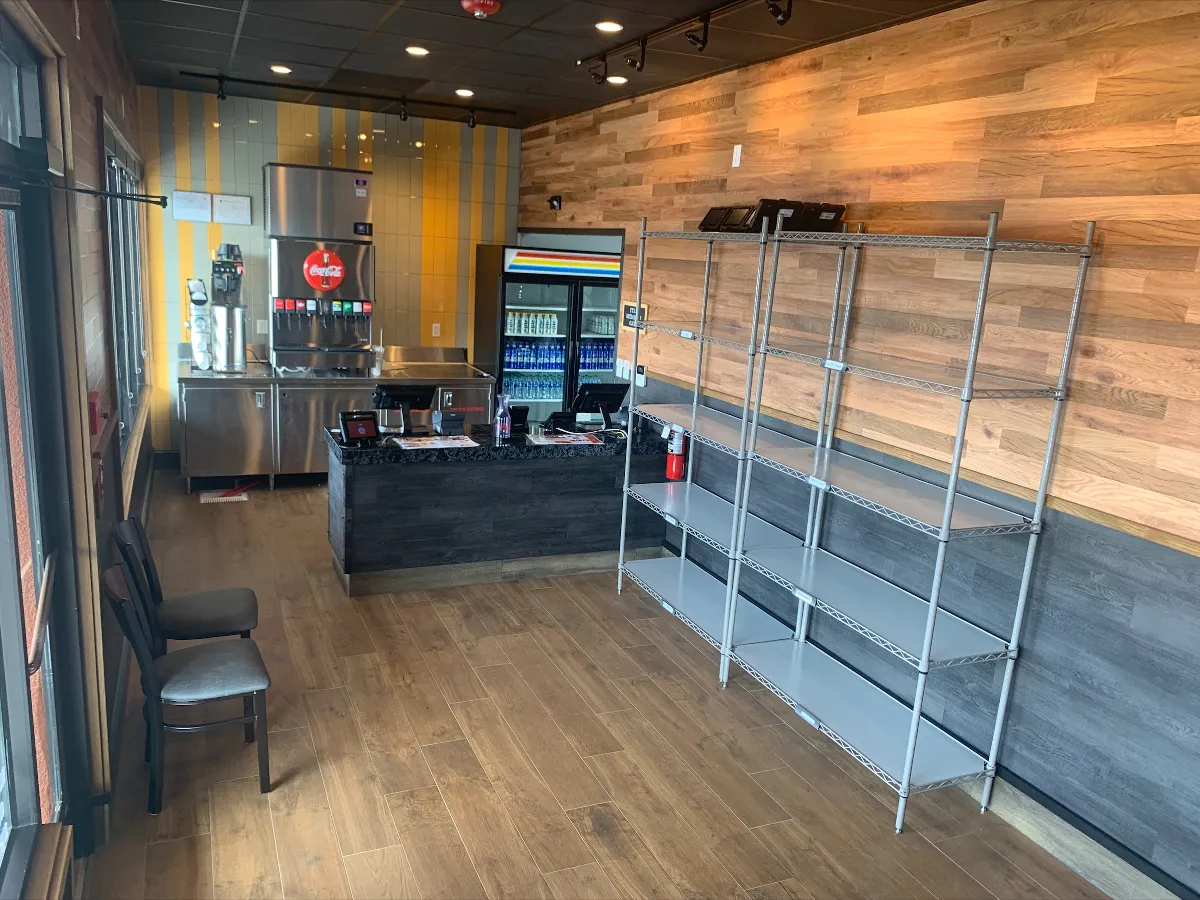
Another negative constraint, even though it applies unevenly across the space, is the cost of real estate, said Zhong Xu, CEO of Deliverect. Some ghost kitchen companies, such as Cloud Kitchens, do not operate the restaurant brands that use their spaces. Instead, they function as a sort of high-tech, commercial kitchen landlord. With interest rates driving up the cost of borrowing, such real estate plays may become less lucrative for ghost kitchen providers.
“Free money is done,” Xu said. “Your mortgages have increased, that means that it puts pressure on your general p[rofit] and l[oss].” This makes a high occupancy rate imperative for such ghost kitchen companies, he said.
With dine-in traffic returning to normal levels, Xu said, there’s less pressure on independents or small brands to focus exclusively on off-premise business, making operators less willing to experiment with ghost kitchens.
Yet another factor that can hurt delivery-only kitchens is a lack of customer familiarity with the brands, Walker told Restaurant Dive.
Wiederhorn made a similar point, arguing that brand awareness is improved by a physical presence. “Customers like to see brick-and-mortar restaurants around them, and then order from them, rather than ordering from a black box.”
But high brand awareness could be an important draw for legacy brands entering the ghost kitchen or virtual-brand spaces, as accumulated consumer trust makes those brands more attractive choices.
But there are still success stories
Legacy restaurant brands still can operate successfully in a delivery-only environment, Walker said.
“I look at it as a way for brands that may already have a history – Frisch’s has been around 75 years, Nathan’s Famous been around over 100 years – ghost kitchens or delivery-only kitchens created an opportunity for those brands to bring their product to customers in a way that was really efficient,” Walker said.
For some growing brands too, ghost kitchens have proven lucrative. Hawaiian Bros, a growing fast casual brand, operated a ghost kitchen out of a Kitchen United Mix in Austin, Texas. At the ICR conference, Hawaiian Bros CEO Scott Ford told investors that by prioritizing speed of service, that unit, which takes up 350 square feet of space, has managed $3.5 million in annual sales.
Walker said brands, including new brands, that are designed to operate with lower capital costs, lower labor requirements and whose food is designed to be easy to execute and easy to deliver at a high level of quality, are likely to grow or to see delivery-only offerings function well.
Xu also emphasized the premium that delivery puts on operational excellence. “If you're a pure virtual or ghost kitchen operator, it’s about you know, very much owning and being very successful at that operational excellence side.”
Xu said the current environment would benefit ghost kitchen operators who are able to combine a full technology stack, a stable of known or easily marketable brands and operational excellence.
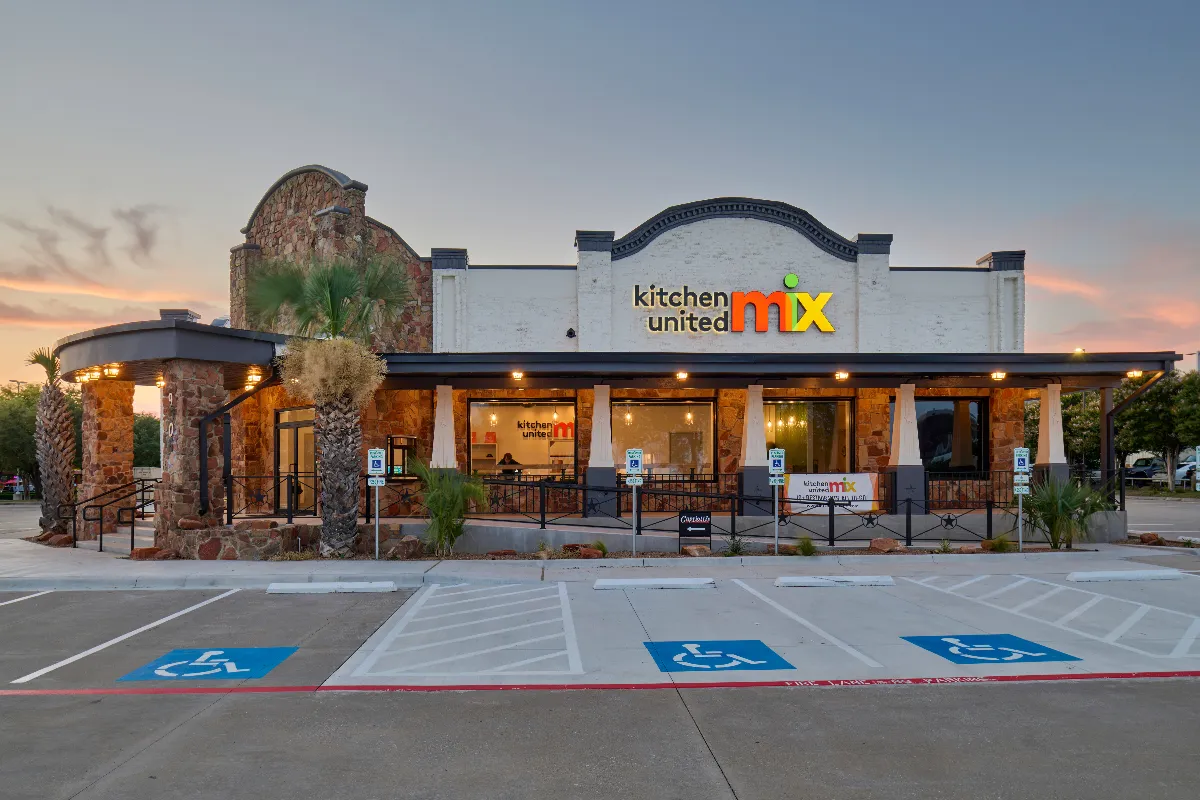
Sood said well-publicized incidents of legacy brands severing ties or reducing development commitments with ghost kitchen companies has hurt the perception of the segment as a whole. “When a brand like Wendy's decides to pull back from 700 units to less than 150, that kind of percolates through the industry,” he said. “Other big restaurant brands take notice of that.”
Sood said companies that are able to demonstrate that they have all the basics down, such as permitting and inspections – benchmarks some ghost kitchen companies have struggled with – are still attractive partners for brands looking to get into off-premise focused models. He said Kitchen United, which supports brands with marketing and a technology stack, but largely leaves the operational side of things to brands themselves, was one example.
Companies, such as Reef and Wonder, are shifting toward more conventional restaurant development plans. Reef is focusing on single-branded units, hotel kitchens, airports and stadiums. Wonder, which had one of the flashiest and most unique business models among ghost kitchen operators, has ditched its idling vans for locations combining pickup and delivery, which is supported by commissary kitchens.
As the restaurant industry moves toward multi-channel operations, or expansion through extant foodservice locations, ghost kitchens eventually may adopt a similar omnichannel model to maximize profitability.



